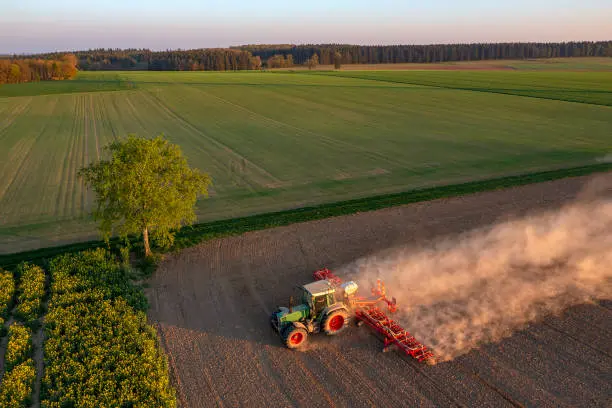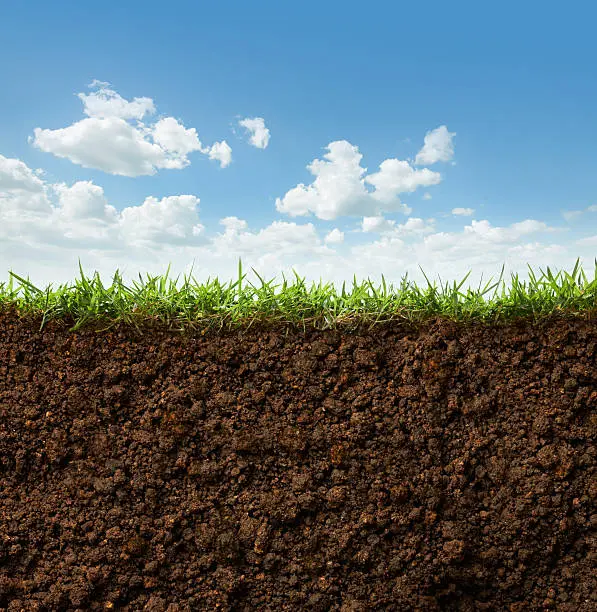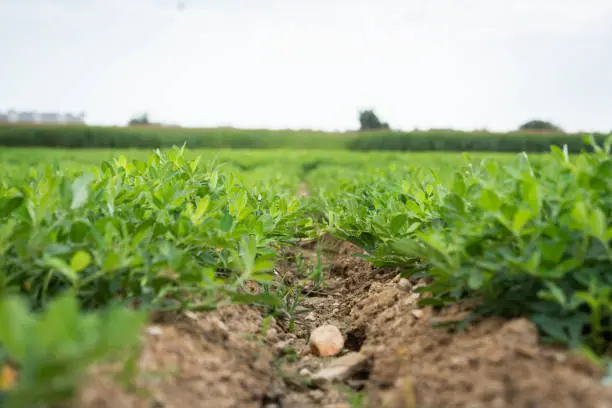
Cover Crops
There comes a time in the cycle of every food crop when the farmer harvests the last bushel of grain and ships it off to market. The arduous effort to groom the soil, plant the seed, nurture it to maturity, and harvest the crop is over. But the farmer’s work is not done. The soil that grew that crop needs some love.

To keep the soil healthy and in good condition, many farmers plant yet another crop to replace the newly harvested plants. Why would they go to the expense of buying seed and planting it at the end of the growing season? The process is called planting a “cover crop,” and it is done for a variety of beneficial reasons:
Soil Erosion Control: Cover crops protect the soil from erosion by wind and water. Their roots help hold the soil in place, reducing the loss of topsoil.
Soil Fertility: Certain cover crops, especially legumes like clover and vetch, can fix nitrogen from the atmosphere into the soil, making it available for subsequent crops. This reduces the need for synthetic fertilizers.
Weed Suppression: Cover crops can outcompete weeds for sunlight, water, and nutrients, reducing the weed population and the need for herbicides.
Pest and Disease Management: Some cover crops can break pest and disease cycles by interrupting the life cycles of harmful organisms. They can also attract beneficial insects that help control pest populations.
Water Management: Cover crops improve the soil’s ability to absorb and retain water, reducing runoff and improving drought resistance.
Organic Matter and Soil Structure: The roots and biomass of cover crops add organic matter to the soil, enhancing its structure, porosity, and microbial activity.

What kind of plants make good cover crops?
Grains: These crops, like rye, oats, wheat, and annual grasses, can break up soil compaction and build biomass with their extensive root systems. Their leaves can also slow down water movement from rain or irrigation, improving water infiltration.
Legumes: These crops, like peas, soybeans, clover, and vetch, are known as nitrogen-fixers, and each variety has slightly different functions. For example, cowpeas grow quickly in the spring and early fall, fixing nitrogen in the soil for future crops.
Broadleaves: These crops, like buckwheat, mustard, and alyssum, germinate quickly and can shade out weeds. They can also be turned in for nutrient benefits. For example, buckwheat can suppress weeds and add organic matter to the soil, making it a good short-term cover crop for fall planting.
Others: Forage radish and beets.
What is the added cost?
To be sure, determining the economic impact of planting a cover crop is not as simple as a one-year, cost-and-return analysis. After three to five years of annual use, well-managed cover crops should start to bring about soil health improvements that improve yields and save on input costs. Not all soil health measures will respond equally fast. For example, earthworm activity and some bacteria and fungi will respond within the first year of cover crop use. However, it can take five years or more before soil organic matter starts to noticeably improve, depending on how the cover crops are managed and what tillage is done. A key point is that cover crop benefits keep accruing over several years.
It may cost a farmer an additional $17 – $78 per acre to add a cover crop. That’s a pretty huge commitment for someone with several hundred (or thousands) of acres. Government incentives can offset some of that expense, but it is still a lot of extra work. Those farmers who employ this conservation method are also businessmen and they watch the bottom line to see if nutrient enhancing, soil saving, methods are worth the cost. In the long run, it has to pay off.

Welcome to 3-Minutes A Day University, where you can learn a little about a lot of things every day in three minutes or less. We help you expand your knowledge and understanding of the real world, and 3-MAD University is tuition-free. Our wide-ranging syllabus includes a fascinating insight into topics including Health and Medicine, Science, Sports, Geography, History, Culinary Arts, Finance and the Economy, Music and Entertainment, and dozens more. You will impress yourself, your friends, and your family with how easy it is to learn facts and perspectives about the world around you. One topic you will never find covered is politics. We hope you enjoyed the previous three minutes. If you liked this post, please pass it along to a friend.
Was this email forwarded to you? Subscribe Here.
© Copyright 2024. 3-Minutes A Day University All Rights Reserved. Unsubscribe

